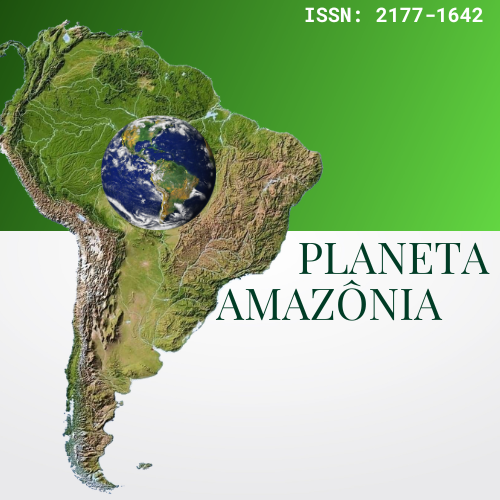INTERPRETATION OF ORBITAL REMOTE SENSOR IMAGES FOR THE ANALYSIS OF AFRICAN OIL PALM PLANTATIONS IN THE BRAZILIAN AMAZON
Keywords:
Remote Sensing. Land Targets. Commercial Agriculture. African Oil Palm Plantation.Abstract
The techniques for extracting information from ground targets using remote sensing satellites have been shown to be strategic instruments for collecting reliable data and information on targets on the earth's surface. For this study, data from Landsat 5 and 8 satellites were used, which were interpreted through geographic location, size, pattern, shape, texture, color, tone, shadow, and reflectance values of objects on the earth's surface. The results reveal that the oil palm crop (Elaeis guineensis) has elements that facilitate the recognition of its features among the different targets present in the Microregion of Tomé Açu (MRGTA).









